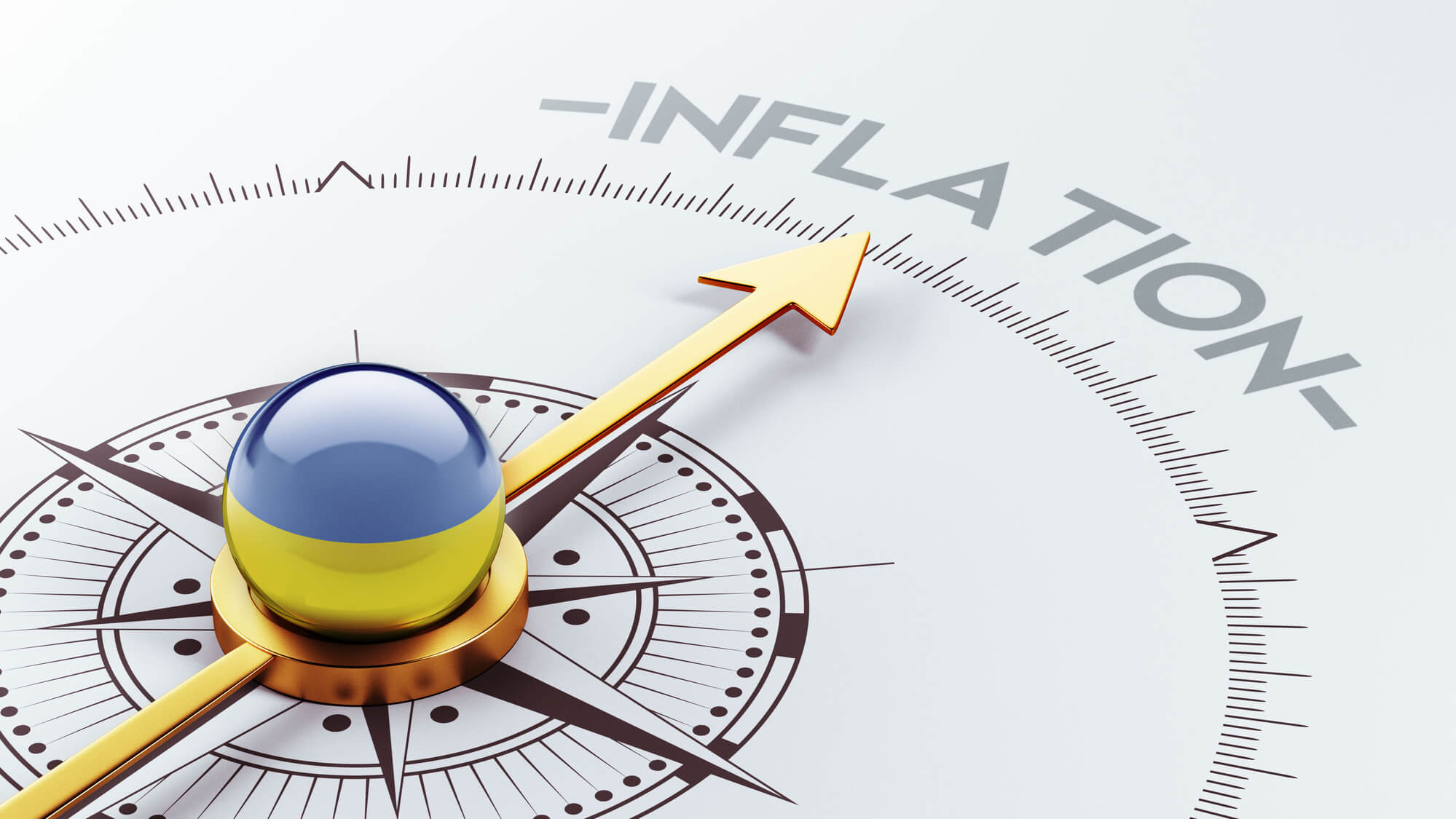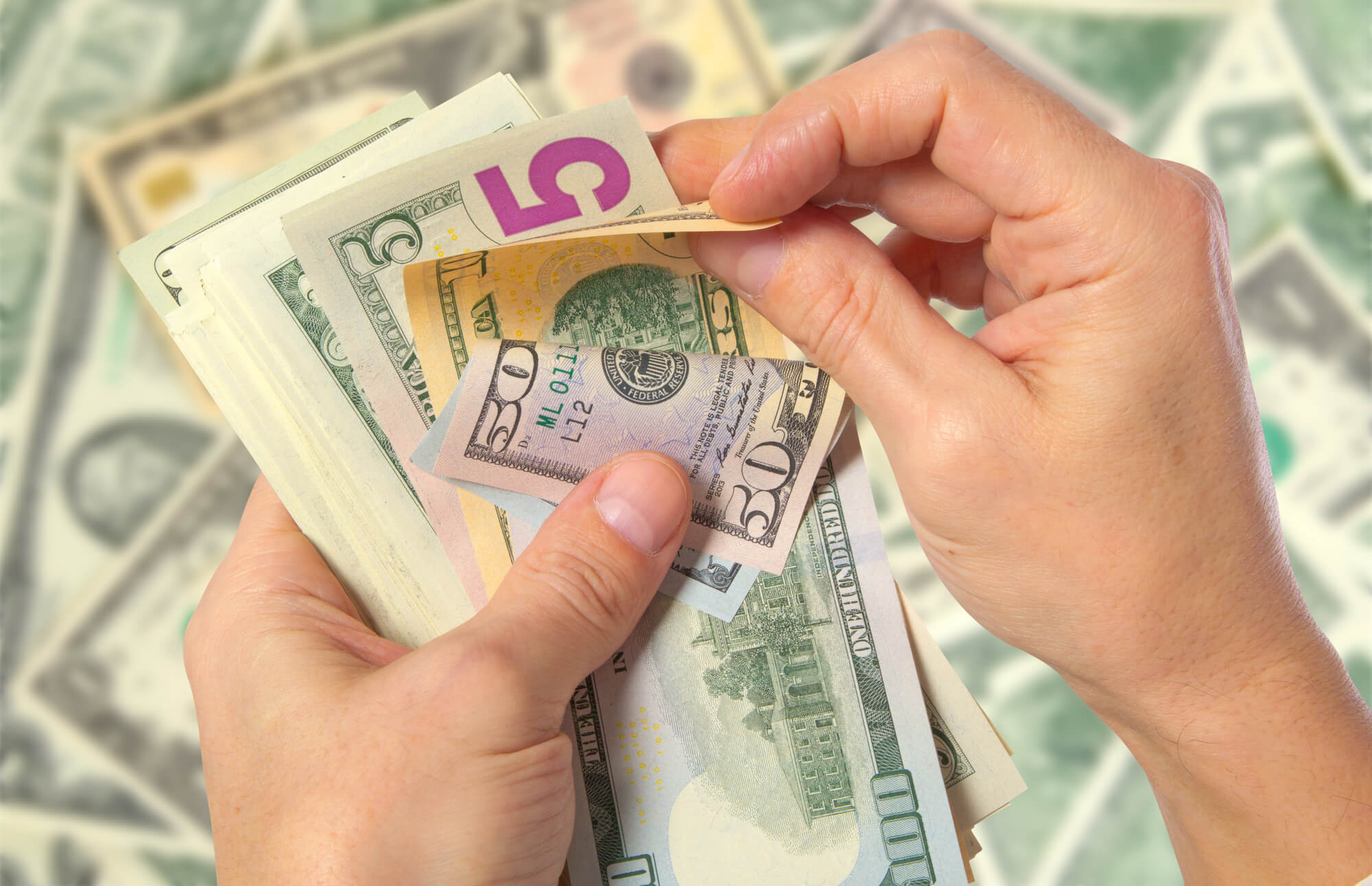
Consumers and businesses alike continue to make adjustments to navigate a season of historic inflation. The 2022 holiday shopping season saw a decline in consumer spending, with retail sales actually falling 0.6% from November to December. Struggling Americans have been forced to prioritize food and essentials over discretionary expenses, leaving the entire nation longing for relief. Will inflation go down in 2023?
By some indications, the U.S. economy will improve in the coming year or so, despite some lingering concerns. Here’s what you can expect for the U.S. economy and how it impacts your investment strategy.

Impact of Inflation on the U.S. Economy
Inflation impacts multiple sectors of American life. With the cost of food, gas, and utilities on the rise, consumers are tightening their budgets and delaying major purchases until the economy improves. Likewise, businesses have been forced to manage their overhead costs, leaving them with less working capital for expansion projects.
The financial industry has been similarly affected by inflation. Banks and financial lenders have had to raise interest rates to mitigate the impact of a weakening U.S. dollar. This has had something of a ripple effect, where high interest rates have prevented home buyers from making a purchase.
Investors also feel the effects of inflation. The revenue gained from stock investments doesn’t always match the rate of inflation. It’s possible for your investment to yield a 4% return, but if inflation is at 5%, then you’ll actually experience a net loss of 1%.
Expert Inflation Forecast 2023
As of December 2022, the Consumer Price Index (CPI) had risen 7.1% compared to the previous year. Believe it or not, that’s good news. Many economic experts had expected the CPI to increase by 7.3%. Likewise, the CPI only increased by 0.1% from the previous month — better than the predicted increase of 0.3%.
These improvements seem slight but point to the possibility of coming relief. Will inflation go down in 2023? The following expert sources provide their 2023 inflation projections, all predicting that inflation will subside in the near future.
Goldman Sachs
Experts at Goldman Sachs predict that the core price consumption expenditures index (PCE) could drop from its current state of 5.1% to 2.9% by the close of 2023. The PCE differs slightly from the CPI, as it accounts for swings in food and energy prices that change more dramatically than other sectors.
More specifically, Goldman Sachs predicts that supply chain disruptions will ease, as will rental prices. As a result, business should improve across the board and spell a return to a healthy economy.
Conference Board
The Conference Board is a nonpartisan business agency that currently predicts that inflation could drop to 2.8% by the end of 2023. This 2023 inflation projection is even more optimistic than the one offered by Goldman Sachs, though the two figures are based on similar predictions regarding the global supply chain and other key metrics.
Federal Reserve
The U.S. Federal Reserve is slightly less optimistic about the economic forecast. Still, the Fed predicts that by the end of 2023, the PCE could drop to 3.1%, just above the inflation forecast offered by private agencies.
Signs of Hope for 2023 Inflation Projections
How confident can consumers be in this inflation forecast? 2023 is expected to bring increasing changes that could improve the economic landscape for consumers and business owners alike. Here are some reasons why inflation can be expected to subside in the coming months.
Car Prices Expected to Stabilize
Historically, inflation has been driven by specific categories of goods. Cars and energy, in particular, have driven inflation since the 2020 pandemic. But car and energy prices are expected to drop in 2023, mainly as industry pressures begin to ease.
For example, the auto industry is recovering from the semiconductor shortage that had inflated the price of new and used cars. As a result, average inflation rates could drop in 2023 as cars become more affordable.
Mortgage Rates Expected to Drop
While 2023 could bring continued instability with regard to interest rates, some predict that mortgage rates could drop by the year’s end. The Mortgage Bankers Association (MBA) predicts that the average mortgage rate could drop from 6.94% to 5.4% by the end of 2023.
This means that homebuyer demand could rise by the end of 2023, though interim volatility could keep demand low for the immediate future.

Supply Chain Disruptions No Longer a Challenge
Global supply chain disruptions continue to present challenges to suppliers and distributors in America and abroad. But after more than a year of navigating these disruptions, business owners are learning to improvise and adapt by optimizing shipping routes and working with a diverse network of suppliers.
Additionally, if China reopens its economy following the COVID pandemic, then international businesses can expect an ease in supply chain disruptions and shortages of supplies. This, too, could be a positive for businesses across the globe, easing the challenges posed by the post-pandemic supply chain.
Fertilizer Prices Declining
Most Americans don’t pay much attention to the cost of fertilizer. But food producers do. And as fertilizer prices drop, farms can produce food more efficiently.
This means that grocery stores will have an easier time keeping their shelves full. Also, with more efficient food production, the price of produce, meat, and dairy products will begin to decline.
Lingering Concerns
Despite these signs of hope, there are still some lingering concerns about the economy in 2023. JPMorgan, for example, predicts that we’re heading for a “mild recession,” which means that things may not improve dramatically starting in January.
Interest Rates Still Rising
The U.S. Federal Reserve is expected to raise the key interest rate to 5.1% in 2023. This means that it will remain difficult for businesses to secure the funding they’ll need to flourish and expand. And while car prices may normalize, consumers may still be wary of financing options and delay these purchases.
Appearing This Year: Green Inflation
There’s also a new economic threat appearing this year: green inflation. Some claim that increased environmental regulations and sustainability initiatives will drive up the cost of consumer goods. Others dismiss these concerns as a “myth,” though it remains to be seen how things like the Inflation Reduction Act will impact the broader U.S. economy.
Ongoing Global Disruption
The Russo-Ukrainian war continues to cause global disruptions, including in the energy sector. It’s not at all certain to what degree this will affect the rest of the world, but given the reliance that western nations have had on Russian oil, the international economy may continue to experience the effects of this ongoing conflict.
Investment Goals for 2023
Will inflation go down in 2023? Yes, but that doesn’t mean that things will improve right away. Investors might consider assets that resist inflation. Treasury Inflation-Protected Securities (TIPS) can do just that.
TIPS are a type of U.S. Treasury bond whose rate of return is keyed to current inflation rates. This means that investors can invest in TIPS without fear of losses.
Otherwise, investors would do well to focus on their long-term investment goals. Traditional buy-and-hold stocks may begin to show signs of improvement as the economy improves. Yes, inflation can impact your returns in the short term, but your long-term plans don’t have to be derailed.

Research You Can Trust
Stay ahead of the news cycle by relying on a stock research service you can trust. Gorilla Trades members get access to more content like this, plus tools and resources that can help you make the most of every penny you invest.
Sign up for a free trial, and receive 30 days of stock alerts so you can see for yourself how Gorilla Trades makes the difference.
